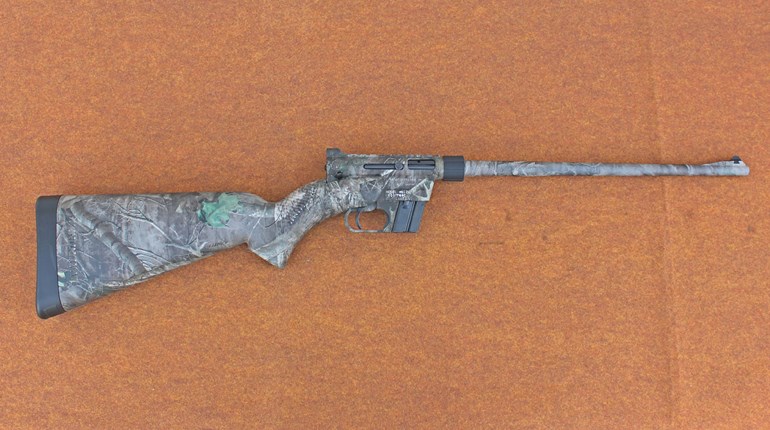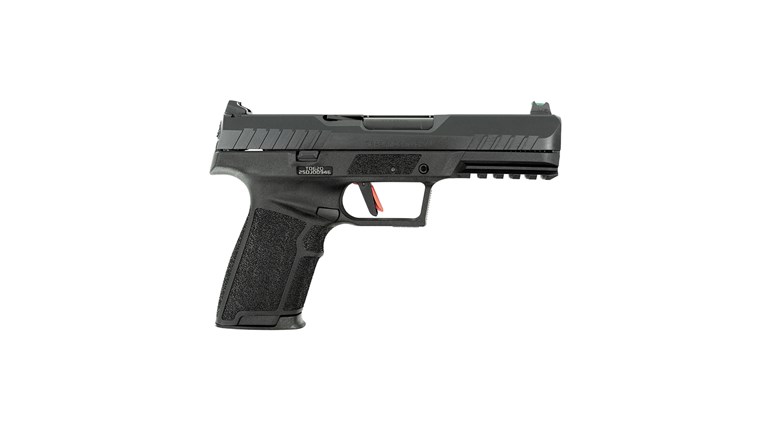
More than just standing in a box and shooting eight stages, Steel Challenge requires speed, accuracy and a strong mental game. While other shooting disciplines have their own unique opportunities for personal growth and accomplishments, Steel Challenge boasts 13 divisions and an everlasting race of speed. No matter how fast you shoot, there is a always a way to improve.
Mental Ability and Mental Focus
Mental ability and mental focus are two separate entities. Mental ability relates to your ability to learn and retain information, while mental focus relates to your ability to concentrate on a certain task. Both are critical skills one must posess to compete in Steel Challenge. Some competitors will hardly speak at matches because they are so focused on completing the match to their greatest potential. In addition, some people can still focus on the match while talking to friends and family. Everyone is different in this sport.
Another mental aspect of Steel Challenge relates to the stages themselves. One example of a mentally challenging stage is Smoke & Hope, which includes four 18x24-inch plates and a 12-inch stop plate. The plates are big and close compared to other stages. Both newer and experienced shooters often become comfortable with the plates and push too hard. Those strings can turn into disasters. Walking up to this stage can feel great, but always remember that there is a limit.
Accuracy and Speed
Accuracy and speed go hand-in-hand. No one can win with just speed, and no one can win with just accuracy. There needs to be a balance of the two, and the balance between them won’t always be equal. For example, some stages require more attention to speed, and some require more attention to accuracy. After dry-firing Roundabout for a while, you should be fairly familiar with the layout. This allows you to not focus on accuracy as much as speed. On stages like Outer Limits, where it is crucial to make your hits, accuracy will need more attention than speed. After a shooter gains experience, plates will become easier, and therefore faster, to acquire.
Technical Improvement
As a Steel Challenge shooter, there are always ways to improve. When trying to compete with more experienced shooters, there comes a time when one must become technical with shooting and times. When I first started practicing for Steel Challenge, I was just trying to survive the day. Now when I practice, I am considering my string times, stage times and where I can improve. As I shoot more, I start to notice places where I shoot faster, slower or hesitate. When this began, I was confused. I could shoot two strings with the same exact times, but they would feel completely different. This is when I started noticing my transition times and how they affected my string time. Steel Challenge is more than just repeatedly shooting stages—it involves knowing what you shoot, what you should be shooting and how to shoot better.
One way to improve your times is by working on muscle memory. For the divisions that require a draw, you can practice your first shot to lower your stage times. Recently, I started shooting Production, forcing me to learn about muscle memory and drawing from a holster. Hand placement and grip go alongside muscle memory when drawing from a holster. The difference between a two-second draw and a one-second draw is clear after shooting eight stages.
Equipment
Equipment is another important aspect of Steel Challenge. In competition, a single malfunction can move you from first to second. A malfunction can also hurt a competitor's mindset during the match. Having the best possible equipment can become crucial to complete a match with good times. This does not mean go out and buy the most expensive equipment available. Everyone's shooting style is different, e.g., some people have different arm lengths, so buy a stock according to what fits your style. Choosing perfect equipment is similar to buying a perfect pair of pants. Every body is different, so not everyone can wear the same pair of pants. Shop smart and use equipment that works for you.
No matter how much experience you have, Steel Challenge offers several unique challenges among the 13 divisions. At least one of them will surely suit you. For all the experienced shooters out there, Steel Challenge never becomes too easy to enjoy. Between equipment, mental focus, mental ability, accuracy and speed—there is always something to learn in Steel Challenge.
Article from the September/October 2020 issue of USPSA’s FrontSight magazine.
See more: Unboxing Your New Gun


































